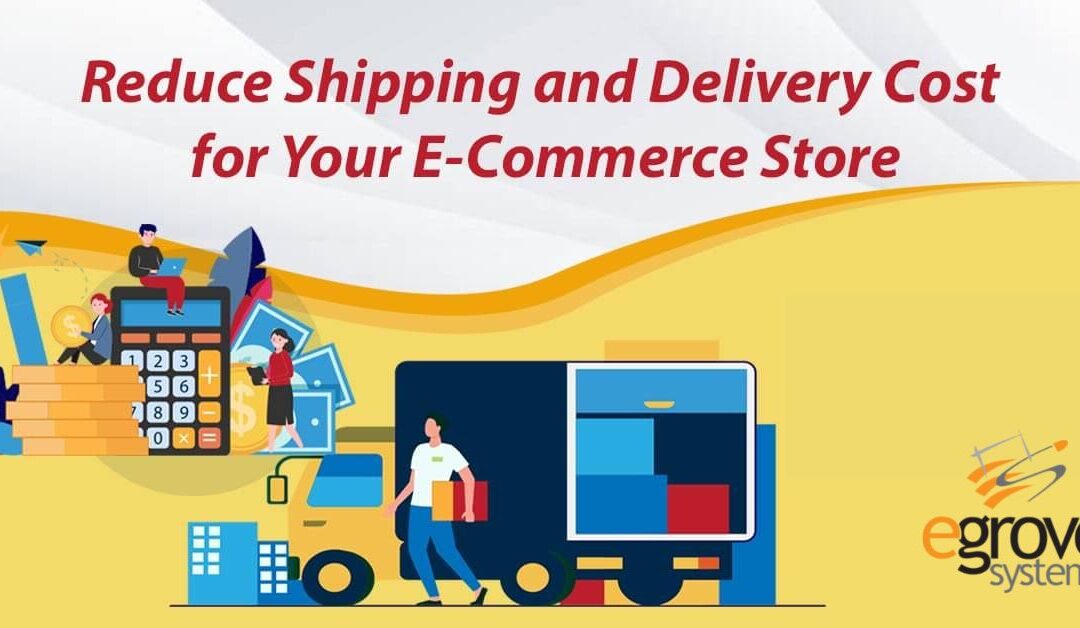Shipping and delivery costs are becoming one of the most crucial considerations in eCommerce. Shipping needs to be fast, reliable, and affordable, or else customers may turn to more convenient options. Both major companies like Amazon and other competitive eCommerce sellers can offer free 2-day shipping, and customers may look at this factor more than any other. However, customers don’t see the many complicating factors at play that influence shipping costs. Businesses need to find ways to keep these costs low without reducing speed or cost to the customer. Fortunately, there are several approaches that they can take to keep their costs low and improve efficiency.
What are Shipping and Delivery Costs?
Shipping and delivery costs for delivering any one item are made up of many different costs that need to be paid by businesses to package and process items, then commission courier companies to carry out the delivery. Examples of what can affect the cost of shipping include:
- Costs of packaging materials
- Warehousing costs
- Labor costs
- Shipping insurance
- Increased shipping fees due to weight and volume of packages
- Increased shipping fees due to long distance deliveries
- Costs of processing returns of items
All of these costs can shift based on market conditions and unexpected changes in underlying costs. Websites and eCommerce mobile apps that are actively selling cannot simply stop and change their shipping process, so they need to monitor these changes well in advance of any shift in their business model. In the meantime, they may have to shoulder additional costs, since it could disrupt their business if they pass on costs to the customer.
How High Shipping Costs Affect Sales and Conversions
Amazon Prime’s free 2-day shipping has conditioned many customers to expect fast and cheap shipping. 79.8% of shoppers say they use Amazon because of fast, free shipping, per a survey of customers. In general, customers will see free shipping as getting a deal, and will be more likely to choose a different eCommerce option that offers free shipping, whether from a different seller in a multi-vendor marketplace or a different eCommerce site.
Customers can accept a tradeoff between speed and cost when shown shipping costs and given the ability to choose between them. However, 80% of shoppers expect a delivery within seven days at the latest, even with free shipping. It’s easier to justify high prices to express shipping options for one-day or same-day shipping, and it’s not expected to be available for all items.
Larger companies are able to keep customers’ shipping prices due to improved logistics, better deals with courier companies, and self-delivery. Smaller-scale eCommerce companies need to look for a variety of methods to reduce shipping costs.
Read also:How to start an eCommerce marketplace development from Scratch
Ways to Reduce Costs
The relationship between the eCommerce seller and their shipping carrier is one of the most important ways to reduce costs. Negotiating with carriers can get better deals based on the bulk volume of shipping you need from them. Working with multiple carriers can save money by finding the best carrier for different situations—longer distances, different ZIP codes, various package sizes may lead to lower costs by using multiple options. Using prepaid shipping options can get much better rates; if you know the weight and dimensions of your popular products, you can prepay their shipping costs and save money.
Another way to save on costs is to manage packaging costs. Ship items in packages as small as possible, and get packing materials affordably. Carriers like UPS may offer their own packaging for free if you use their services.
Automated inventory management and shipping can save labor and improve efficiency. An automated system instantly chooses the right shipping method and prepares to generate shipping labels. If you work with a fulfillment center, you can store products there to be picked up by the carrier more quickly, then your automated system can send them the details when the product is queued for delivery.
Having to pay for the costs of returns can be a major burden on eCommerce businesses. In addition, if you absorb some or all of the cost of shipping, this is wasted on returned products. Making returns as rare as possible can cut your costs. Preventing damage during shipping, reducing mixups due to wrong orders, and having clear descriptions with multiple photos of the product can ensure that customers don’t want to send their purchase back. In addition, having a customer-friendly returns policy can make them more comfortable trying out the product rather than deciding to send it back arbitrarily.
Final Thoughts:
Shipping costs can have a huge impact on the profitability of eCommerce sales, and sellers should always seek to keep them affordable. However, they should be mindful of the risks of passing them on to the customer and having them turn elsewhere. Customers are looking for free and cheap shipping wherever they shop, and getting more customers can outweigh the direct costs of shipping.







